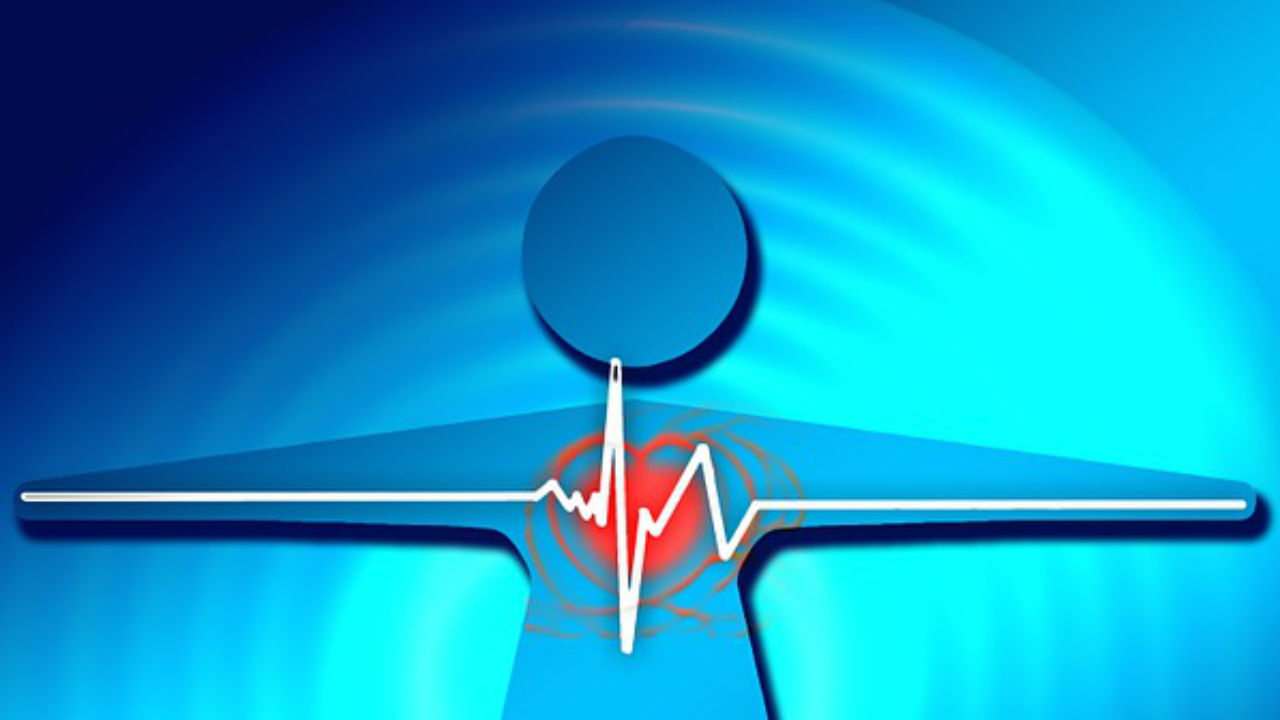Hands-only CPR might not have saved the life of Michael Jackson but it might save the life of someone else you love. Hands-only CPR does not involve rescue breathing as performed in traditional CPR.
In 2008, the AHA (American Heart Association) approved its use in those situations where the bystander is unable, unwilling or inexperienced in giving mouth-to-mouth rescue breathing.
Even though the AHA Web site (see below) has a page devoted to hands-only CPR, many people are still unaware of this option. Studies have shown that people are reluctant to give CPR for various reasons. Some are fearful of getting an infectious disease from giving mouth-to-mouth rescue breathing. Others were concerned that they might not give the CPR correctly and possibly provide more injury to the person.
However, the fact remains, if someone has suffered a cardiac arrest and nothing is done to help restore circulation to their brain and body, the person has virtually no chance of survival. Studies have shown that the most important action needed for someone who has suffered a cardiac arrest is chest compressions to move the blood through their heart. Rescue breathing is less important because frequently the victim gasps prior to collapse, raising the oxygen content of their blood, and after each compression they get small amounts of oxygen pulled in as their chest expands.
The following AHA Web page gives information on how to do hands-only CPR after calling 911 and information on how to buy a “friends and family” kit for everyone you know to practice:
http://handsonlycpr.eisenberginc.com/resources.html
About.com also has an excellent video demonstrating how to give hands-only CPR:
http://video.about.com/firstaid/How-to-Perform-Hands-Only-CPR.htm
Hands-only CPR is simple and straightforward; even teenagers can learn. My teenage son asked me after watching a Scrubs episode if you should give CPR to the beat of “Staying Alive.” The answer is “Yes.”
Chest compressions should be done at a rate of 100 compressions a minute. Giving compressions to songs like “Staying Alive” has been used in teaching clinics after a study at University of Illinois showed that 10 doctors and five medical students who practiced CPR to the tune performed it perfectly and remembered the technique for five weeks afterward.
Learn hands-only CPR today. You might be helping to keep someone “Staying Alive.”
Sources:
http://www.sciencedaily.com/releases/2007/03/070315210134.htm
http://www.sciencedaily.com/releases/2007/12/071226230920.htm
http://www.msnbc.msn.com/id/27221281/





Add a CommentComments
There are no comments yet. Be the first one and get the conversation started!